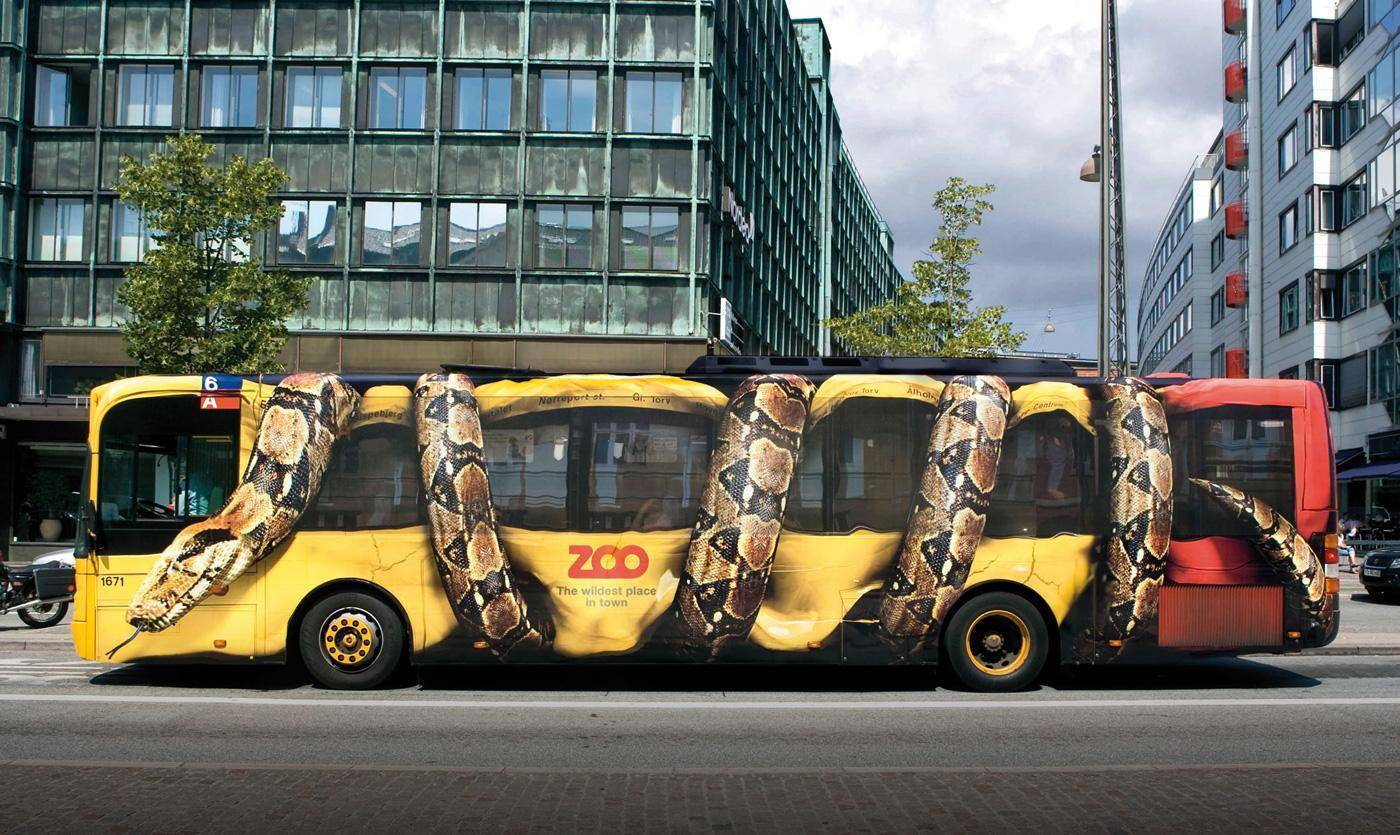Bus Wrap graphics: A Comprehensive Guide
Bus wrap graphics have become a ubiquitous and powerful form of out-of-home advertising, transforming ordinary city buses into mobile billboards. This comprehensive guide delves into the world of bus wraps, exploring their benefits, design considerations, printing techniques, installation processes, and the impact they have on businesses and communities.
The Rise of Mobile Advertising: Why Bus Wraps?
In today’s saturated media landscape, capturing consumer attention is a constant challenge. Traditional advertising methods often struggle to break through the noise. Bus wrap graphics offer a unique solution, combining high visibility with cost-effectiveness. They bring advertising directly to the streets, reaching a diverse audience, including commuters, pedestrians, and even drivers in other vehicles.

Benefits of Bus Wrap Advertising
High Visibility and Reach: Buses travel along fixed routes, traversing both residential and commercial areas, ensuring maximum exposure to a broad demographic. Their sheer size and vibrant graphics make them hard to miss.
Designing Effective Bus Wraps: Key Considerations
A well-designed bus wrap is crucial for the success of the campaign. Several factors need to be considered during the design process:

Target Audience: Understanding the target audience is paramount. The design should resonate with their interests, needs, and preferences.
Printing Technologies for Bus Wraps
Several printing technologies are used to create bus wraps, each with its own advantages and disadvantages:
Large Format Digital Printing: This is the most common method, offering high-resolution images, vibrant colors, and fast turnaround times. It allows for intricate designs and customization.
Materials Used in Bus Wraps
The materials used in bus wraps are chosen for their durability, flexibility, and printability:
Vinyl Film: This is the most common material, offering excellent print quality, weather resistance, and conformability to the curves and contours of the bus.
The Bus Wrap Installation Process
The installation of a bus wrap is a specialized process that requires skill and precision:
Cleaning and Preparation: The bus surface must be thoroughly cleaned and prepared to ensure proper adhesion of the vinyl.
Measuring the Effectiveness of Bus Wrap Advertising
While it’s difficult to get precise numbers, several methods can be used to gauge the success of a bus wrap campaign:
Website Traffic: Track increases in website traffic during and after the campaign.
The Future of Bus Wrap Graphics
Bus wrap graphics continue to evolve, with advancements in printing technology, materials, and design techniques. Interactive elements, such as QR codes and augmented reality experiences, are becoming increasingly popular, adding a new dimension to bus wrap advertising.
Conclusion: A Powerful Advertising Tool
Bus wrap graphics offer a powerful and effective way to reach a large audience, build brand awareness, and drive business results. By carefully considering the design, printing, and installation processes, businesses can leverage the potential of bus wraps to create impactful and memorable advertising campaigns. As cities continue to grow and public transportation remains a vital part of urban life, bus wraps will likely remain a prominent and valuable advertising medium for years to come.
bus wrap graphics
